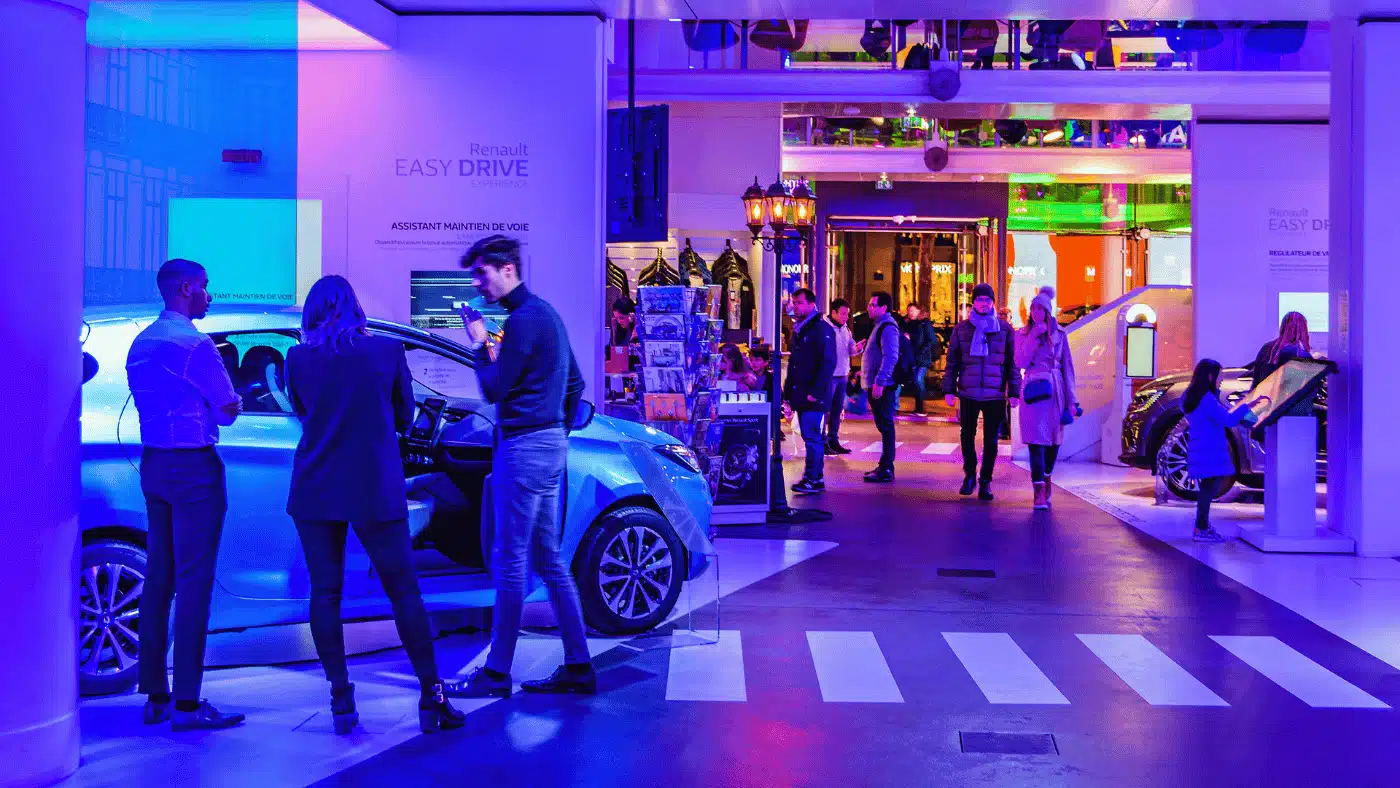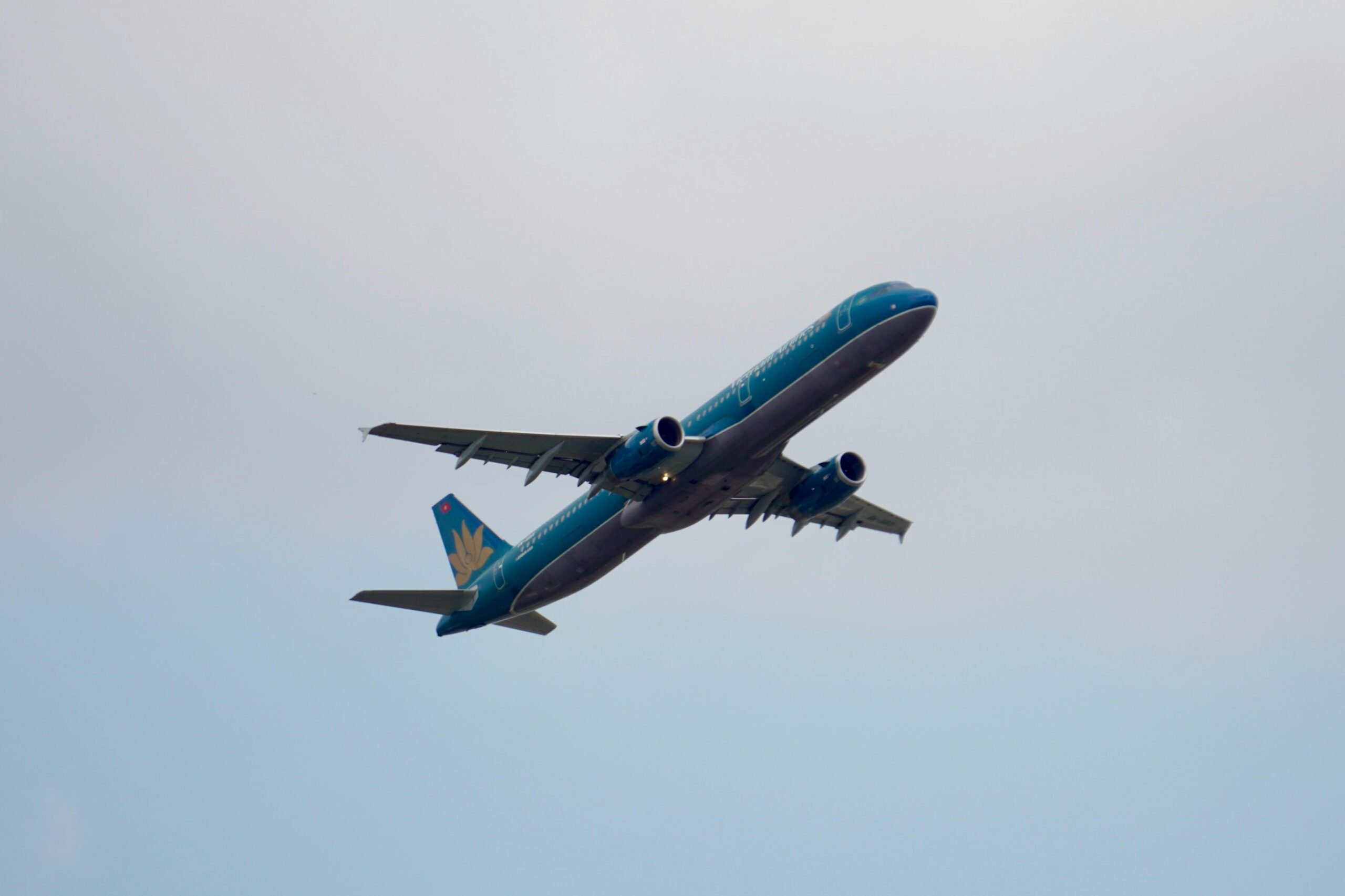The marketing landscape is evolving faster than ever, and brands need to adapt to stay ahead. In an era where consumers expect interactive, immersive, and personalized experiences, experiential marketing has become the key to driving engagement and brand loyalty. Unlike traditional digital marketing, which focuses on online engagement, experiential marketing bridges the gap between digital and real-world interactions, creating deeper emotional connections with consumers.
But what’s new in experiential marketing in 2025? Brands are incorporating AI, augmented reality (AR), virtual reality (VR), sustainability initiatives, and hybrid event formats to redefine customer engagement. In this article, we’ll explore the latest trends in experiential marketing, how they complement digital marketing, and how Towerhouse Global can help your brand craft unforgettable experiences.
1. AI and Personalization Are Driving Experiential Marketing
Why Personalization Matters More Than Ever
Today’s consumers expect experiences tailored to their preferences, behaviors, and interests. Thanks to AI-driven data insights, brands can now create hyper-personalized experiences that make consumers feel seen and valued.
📌 Example:
- Spotify Wrapped delivers a customized year-in-review based on user listening habits, turning a simple digital marketing campaign into a personalized experiential moment that customers want to share.
- Amazon Go Stores use AI-powered checkout systems to offer a frictionless, interactive shopping experience without lines or cashiers.
✔ How to Use AI in Experiential Marketing:
✅ AI-powered product recommendations during live brand activations
✅ Smart kiosks that adapt based on user interactions
✅ Chatbots and AI concierges at events for real-time engagement
How Towerhouse Global Can Help:
We incorporate AI-driven personalization into experiential marketing campaigns, ensuring each customer feels uniquely engaged.
2. Augmented Reality (AR) & Virtual Reality (VR) Are Reshaping Engagement
Merging Digital & Physical Worlds
Augmented reality (AR) and virtual reality (VR) are transforming experiential marketing by allowing customers to interact with brands in new, immersive ways. These technologies extend beyond just entertainment—they create hands-on brand experiences that drive engagement and sales.
📌 Example:
- IKEA Place App lets customers visualize furniture in their home using AR before purchasing, blending experiential marketing with e-commerce.
- Nike’s AR-powered sneaker try-ons allow customers to see how different styles look on their feet using a mobile app.
✔ How to Use AR/VR in Experiential Marketing:
✅ AR-powered product trials (e.g., virtual makeup try-ons)
✅ VR-enhanced brand storytelling experiences
✅ Immersive, location-based AR scavenger hunts for event activations
How Towerhouse Global Can Help:
We create custom AR and VR brand activations that merge digital marketing and experiential engagement, maximizing consumer interaction and brand recall.
3.Hybrid Events & Phygital Experiences Are Here to Stay
Bridging Online & Offline Engagement
Hybrid events—where brands engage audiences both in-person and online—have become a staple of experiential marketing. These formats allow brands to reach a wider audience while still providing immersive, in-person experiences.
📌 Example:
- Apple’s Keynote Events combine in-person product launches with live-streaming, AR integrations, and social media interaction.
- Coachella’s AR-enhanced festival experience lets attendees and remote viewers interact with digital elements through a mobile app.
✔ How to Use Hybrid Marketing in Experiential Campaigns:
✅ Livestreaming brand activations to global audiences
✅ Using QR codes to link physical experiences to digital content
✅ Offering exclusive online interactions for in-person event attendees
How Towerhouse Global Can Help:
We specialize in hybrid experiential marketing strategies, ensuring both physical and digital attendees have a seamless and engaging experience.
4. Gamification & Interactive Brand Challenges Are Growing
Why Gamification Works
Gamification turns brand interactions into engaging, reward-driven experiences. Whether through scavenger hunts, challenges, or digital competitions, brands can encourage active participation and social sharing.
📌 Example:
- McDonald’s Monopoly Game uses gamified rewards to increase purchases.
- Burger King’s “Burn That Ad” AR campaign lets users digitally “burn” competitor ads to win free Whoppers.
✔ How to Use Gamification in Experiential Marketing:
✅ Augmented reality scavenger hunts to drive brand interaction
✅ Interactive reward-based challenges at live activations
✅ Social media engagement games with shareable prizes
How Towerhouse Global Can Help:
We design custom gamified brand experiences that encourage consumer participation, engagement, and social media sharing.
5. Sustainable & Purpose-Driven Activations Are Gaining Traction
Consumers Expect Brands to Take a Stand
Modern consumers want brands that align with their values, making sustainability and social impact essential elements of experiential marketing.
📌 Example:
- Adidas’ Run for the Oceans campaign blends a virtual running event with real-world sustainability efforts, encouraging people to run miles in exchange for ocean clean-up initiatives.
- Patagonia’s Worn Wear Program invites consumers to repair or recycle old Patagonia gear at live events, reinforcing its eco-friendly brand mission.
✔ How to Use Sustainability in Experiential Marketing:
✅ Eco-conscious pop-ups with reusable materials
✅ Sustainable brand activations that contribute to a cause
✅ Upcycling and recycling initiatives integrated into live events
How Towerhouse Global Can Help:
We help brands create eco-friendly experiential marketing campaigns that align with social responsibility and sustainability goals.
6. Influencer-Driven Experiential Campaigns Are More Impactful Than Ever
Turning Influencers into Brand Storytellers
Influencers are not just social media content creators—they are now an integral part of experiential marketing strategies. Brands are leveraging real-world influencer activations to boost credibility and reach.
📌 Example:
- Fenty Beauty’s influencer-led pop-ups allowed fans to experience exclusive product launches while creating massive social media buzz.
- Sephora’s Beauty Insider Program uses influencers to host live beauty events, merging experiential marketing with digital content creation.
✔ How to Use Influencer Marketing in Experiential Activations:
✅ Invite influencers to exclusive brand experiences
✅ Turn live activations into influencer content hubs
✅ Encourage social sharing with interactive influencer-led brand challenges
How Towerhouse Global Can Help:
We create influencer-driven brand activations that maximize social reach, engagement, and brand credibility.
Final Thoughts: The Future of Experiential Marketing
Experiential marketing is evolving rapidly, and brands must adapt to stay relevant. The latest trends—AI-driven personalization, AR/VR integration, hybrid experiences, gamification, sustainability, and influencer-led activations—are reshaping the way brands connect with consumers.
✔ Personalization makes brand experiences more meaningful
✔ AR & VR create immersive, shareable brand interactions
✔ Hybrid events bridge in-person and digital engagement
✔ Gamification boosts participation and loyalty
✔ Sustainability-driven experiences build brand trust
✔ Influencer-led activations extend brand reach
At Towerhouse Global, we specialize in:
✅ Live event production & experiential marketing activations
✅ Cutting-edge AR/VR and AI-driven brand experiences
✅ Hybrid campaigns that blend digital and real-world engagement
📩 Contact Towerhouse Global today to create a next-level experiential marketing campaign that captivates audiences and drives results! 🚀






